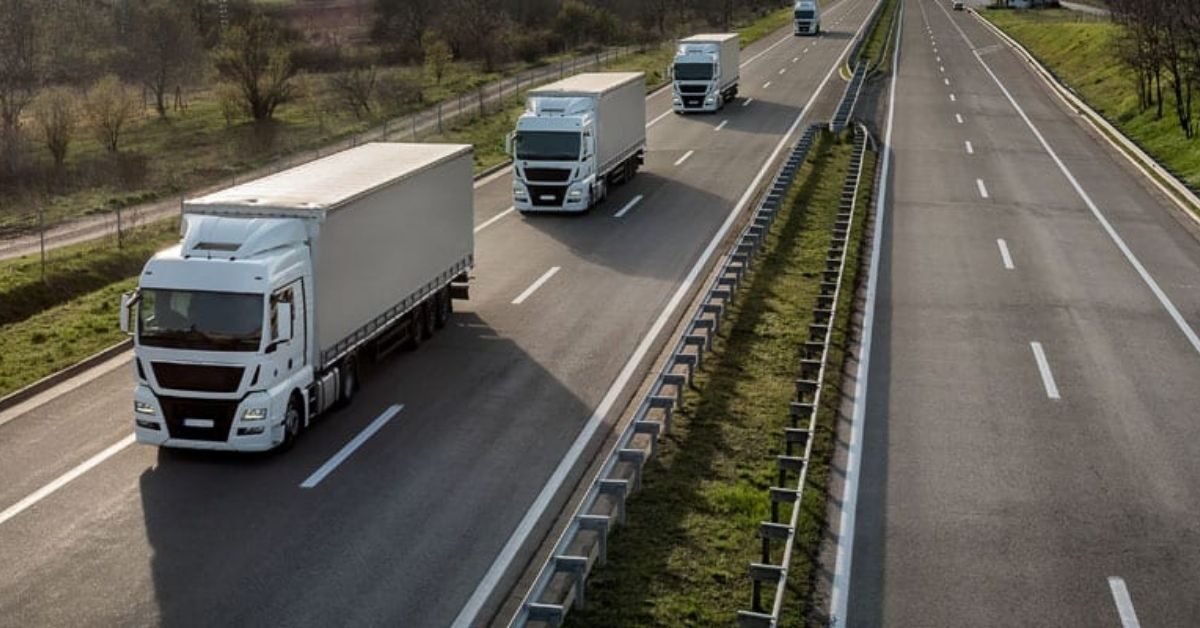The government is considering changing the parameters for awarding and implementing highway projects to address the risks faced by concessionaires as well as insulate the Centre.
“The focus is on project implementation to reduce encumbrances. Various steps have already been taken such as acquiring 90% of the land required and getting environment and forest clearances before awarding a project,” Alka Upadhyaya, secretary, Ministry of Road Transport and Highways, told ET.
She said the government has turned its focus to build, operate and transfer (BOT) mode given the growing appetite for such projects.
The National Highways Authority of India (NHAI) will soon amend the bid norms to attract more private participation in BOT projects, which have been witnessing a lacklustre response, said people familiar with the development.
According to a report by ICRA Limited, about 120 BOT road projects defaulted between 2010-11 and 2021-22. Among these, 86 defaulted during the operational phase and 34 during the construction phase.
The report, released in September, said in case of operational projects, 57% of the defaults were on account of lower-than-estimated traffic while 24% were attributable to delays in annuity or grant payments and suspension or exemption of toll collections.
“We want to ensure that companies that come to build highway projects need to be of sound financials. There will be an eye on players that manipulate their books to misrepresent their financial position,” said Upadhyaya. “We are considering putting a minimum BBB rating for bidders in hybrid annuity model (HAM) projects.”
Presently there is no minimum rating requirement on bidders for taking up HAM projects which are partly funded by the Centre.
Experts said clarity is required in the concession agreements about the definition of a competing route.
“It is presently defined in terms of length. So any national highway which is within 25% length of an existing route is disallowed during the 30-year concession period,” Rajeshwar Burla, group head – Corporate & Infrastructure Ratings, ICRA Limited said, adding that this needs to change to an origin-destination based approach. He said longer distance competing routes come up which affect financial viability of the existing roads.
Burla also said that the present capital requirement for a BOT project is twice that for HAM for a similarly sized highway, which led to blocking of much higher capital of the private sector. “NHAI has to slightly increase its capital investment in the BOT route,” he said.
An executive of a private sector road concessionaire told ET that modifications also need to be made in the termination clause of the model concession agreement (MCA) to make it more attractive for the concessionaire.







